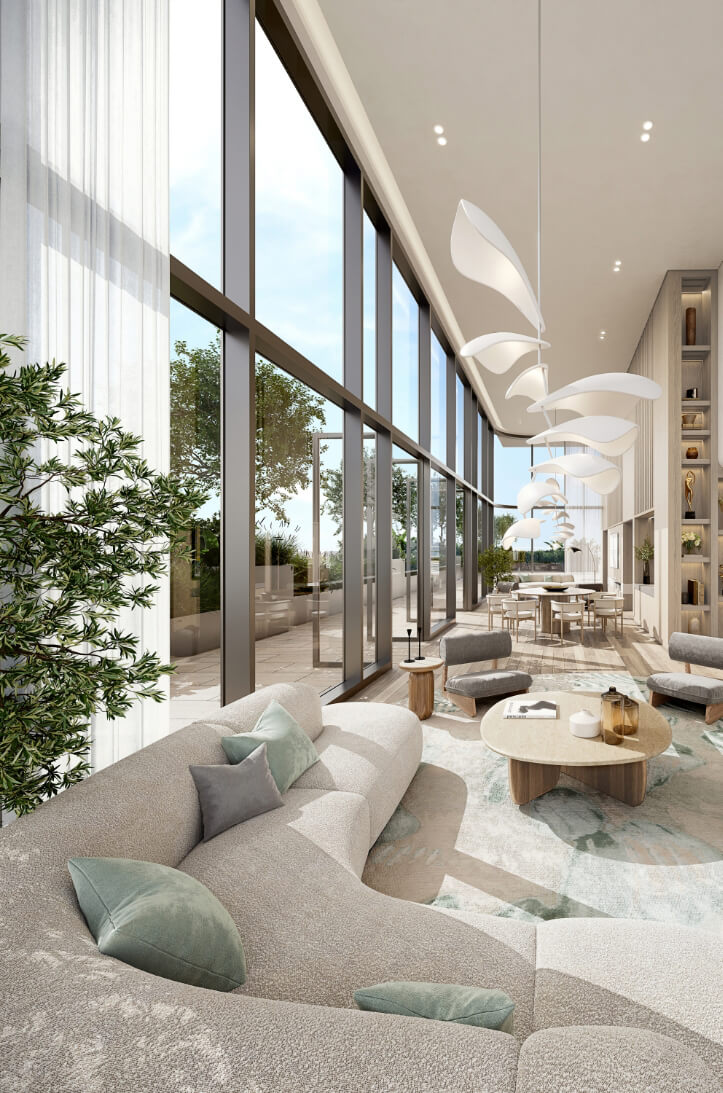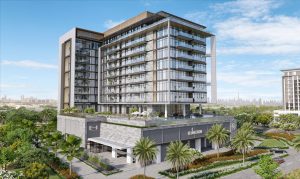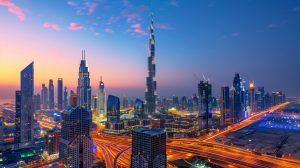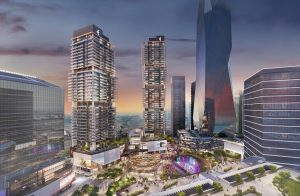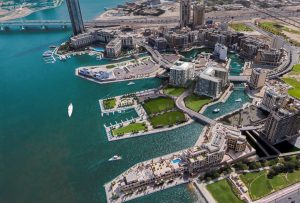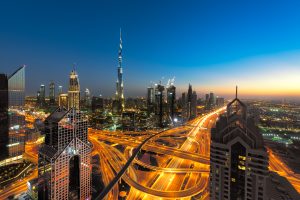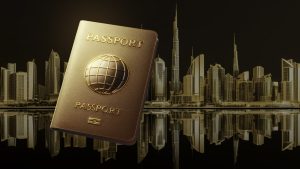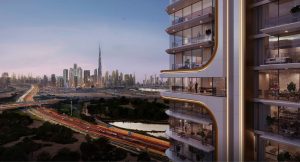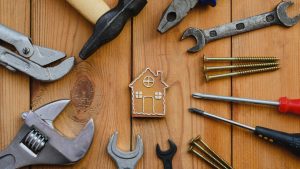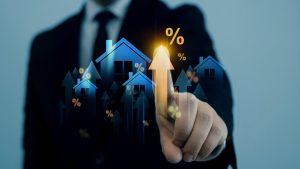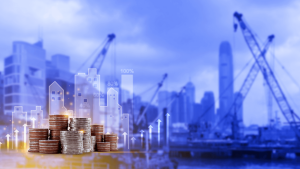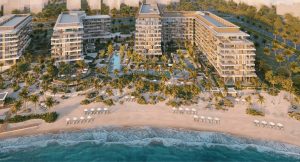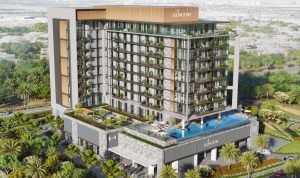
The Hillgate by Ellington Properties: Discover Inspired Living In Dubai Silicon Oasis
Are you searching for a home that perfectly mixes creative design with outstanding comfort, offering not just a private sanctuary but also thoughtfully designed communal areas, all inside one of Dubai’s most exciting and forward-thinking communities? The Hillgate by Ellington Properties in Dubai Silicon Oasis provides a compelling solution for discerning property buyers. In a bustling city like Dubai, finding a residence that truly reflects a modern lifestyle, offers both personal sanctuary and community connection, and presents a sound investment can be a challenge. Potential buyers seek clarity on what makes a development truly stand out. This guide will delve into what makes The Hillgate a new era of inspired living. We will explore its inventive design, diverse residential offerings, unparalleled features and amenities, and the vibrant life within Dubai Silicon Oasis. Discover why this residence makes an ideal choice for your next home or strategic property investment. The Hillgate Represents a Vision of Modern Urban Living The Hillgate in Dubai Silicon Oasis is more than simply a residential tower; it offers a fresh approach to modern urban life. Every part of this development, from the thoughtfully designed apartments to the welcoming shared spaces, has been carefully assessed to deliver a balanced combination of design, comfort, and utility. Inventive Design Meets Practicality The core of The Hillgate rests in its imaginative design, which consciously redefines what contemporary urban living may be. There’s a specific focus on integrating beauty with daily comfort, producing places that seem both sumptuous and genuinely liveable. This vision is brought to life via sophisticated open-plan layouts that optimise natural light and space, generating an appealing environment for everyone who lives here. Sophisticated Residences for Every Lifestyle The Hillgate provides a broad choice of residences built to appeal to varied requirements and desires, guaranteeing there’s a perfect match for every taste. Diverse Unit Types: This broad range means that whether you are a single professional, a couple, or a developing family, you will discover a space that is built to correspond with your expectations. Interiors for Elegance and Comfort in Every Detail Step into The Hillgate, and you’ll instantly admire the painstaking attention to detail in the interiors. A clean, modern design is matched with a warm, home sensibility, producing interiors that seem both perfectly polished and welcoming. High-quality finishes and premium materials have been painstakingly chosen and integrated throughout each residence. These careful nuances make each unit into quarters that are not only useful for everyday life but also wonderfully hospitable. The result is a selection of dwellings with versatile and elegantly crafted plans, appealing equally to professionals, families, and those seeking a sophisticated home. Unrivalled Features and Amenities at The Hillgate The Hillgate by Ellington Properties is not only about beautifully built spaces. The property provides a broad assortment of features and services precisely designed to improve everyday life, giving residents both convenience and possibilities for leisure, wellness, and community participation. Welcoming and Engaging Communal Spaces Upon entering The Hillgate, residents and visitors are met with areas intended for comfort and connection. Lobby Reception with Lounge: A stately and inviting entrance point that sets the tone for the whole property, giving a refined area for receiving guests or a peaceful moment of relaxation. Clubhouse: This primary hub offers a diverse setting for social gatherings, community activities, or just relaxing in a pleasant atmosphere. Co-working Zone and Library: Recognising the demands of today’s professionals, specific places are offered for peaceful productivity, whether for remote work or concentrated study. Arcade Room: A specialised place providing amusement for all ages, great for leisurely pleasure or friendly rivalry. Harmonic Hall: A dynamic public area, excellent for organising different events, workshops, or community activities, promoting a strong feeling of connection among inhabitants. Leisure and Recreation for All Ages Life at The Hillgate is represented to be active and pleasant, with facilities appealing to both adults and children. Barbeque Deck with Outdoor Dining: This appealing place is excellent for al fresco dinners, social events, and enjoying Dubai’s wonderful evenings with friends and family. Indoor and Outdoor Kids Play Area: Thoughtfully constructed, safe, and entertaining places ensure that younger residents have adequate opportunity for play and discovery, regardless of the weather. Yoga Studio: A calm and devoted area for residents to practice yoga, relax, and concentrate on their mind and body wellbeing. Fitness Studio: Equipped with state-of-the-art equipment, this studio offers a complete area for residents to continue their active lives and fulfil their fitness objectives. Aquatic Retreats for Relaxation and Activity The Hillgate provides a refreshing respite with its wonderfully landscaped pool areas. Leisure Pool and Lap Pool: Residents have the option between a calm leisure pool for unwinding or a specialised lap pool for more serious swimming and exercising. Shaded Kids’ Pool: A carefully built, shaded aquatic area guarantees that younger residents may securely and pleasantly enjoy their time by the water. Wellness and Rejuvenation Beyond energetic activities, The Hillgate also focuses on creating areas for ultimate rest and rejuvenation. Chromatherapy Steam and Sauna: These unique facilities give a calm location for residents to rest, de-stress, and refresh their senses, delivering a wonderful experience for personal well-being. Life in Dubai Silicon Oasis As a Forward-Thinking Community Choosing a home at The Hillgate means embracing what it means to live inside Dubai Silicon Oasis (DSO) itself, a neighbourhood widely recognised for its innovation, convenience, and family-friendly ambiance. This is more than simply a place to live; it’s a beautifully organised environment created for contemporary occupants. A Family-Friendly Ambiance Dubai Silicon Oasis is frequently renowned for its warm, family-oriented culture. The neighbourhood provides an abundance of open areas, allowing adequate opportunity for entertainment and relaxation among lush surroundings. The presence of recognised schools, such as GEMS Wellington Academy and Indian High School, inside DSO guarantees that educational requirements are readily handled, taking the stress off everyday routines for families. With a multitude of recreational opportunities and a thoughtfully constructed infrastructure, DSO provides an amazing quality of life, making it a very
